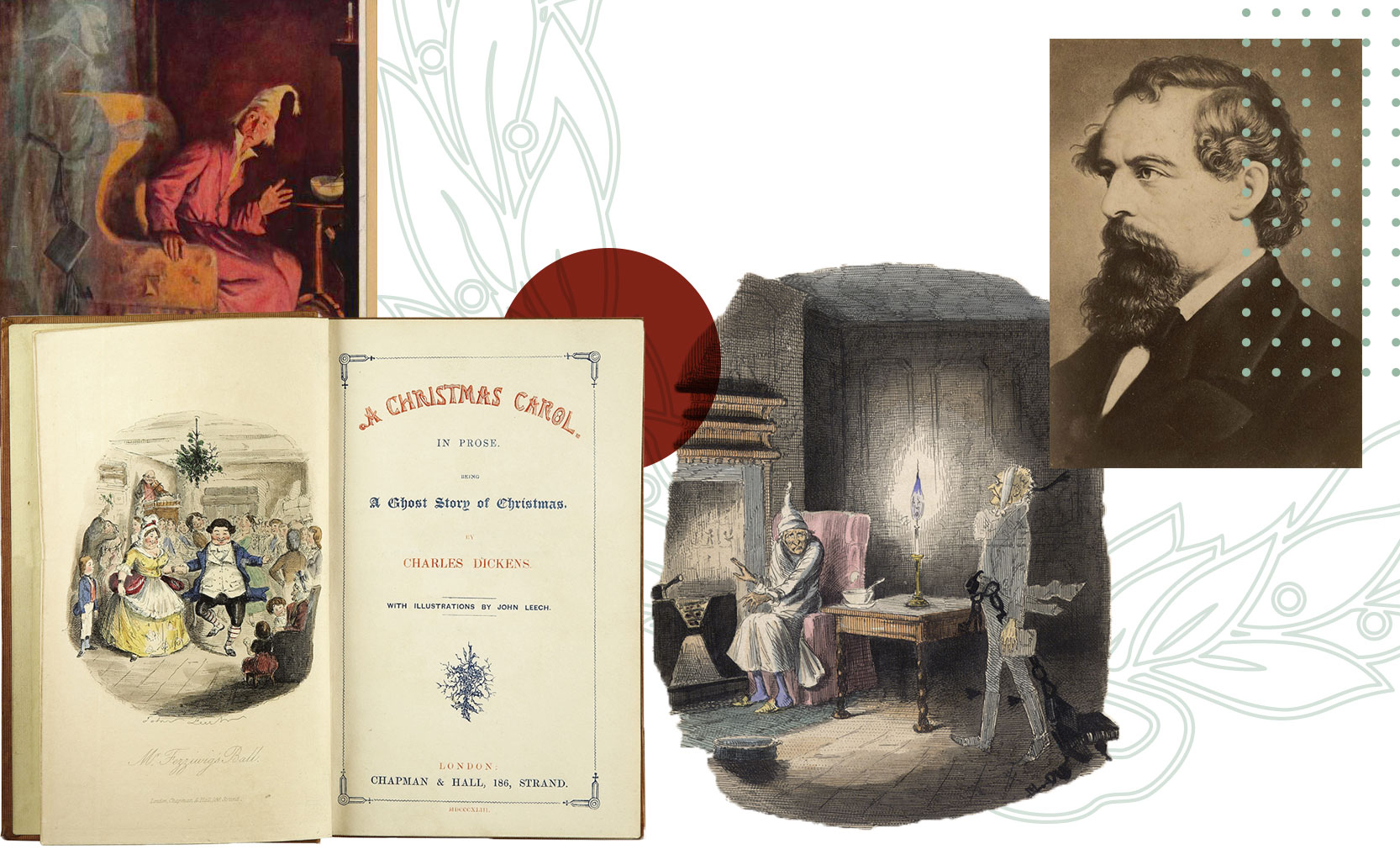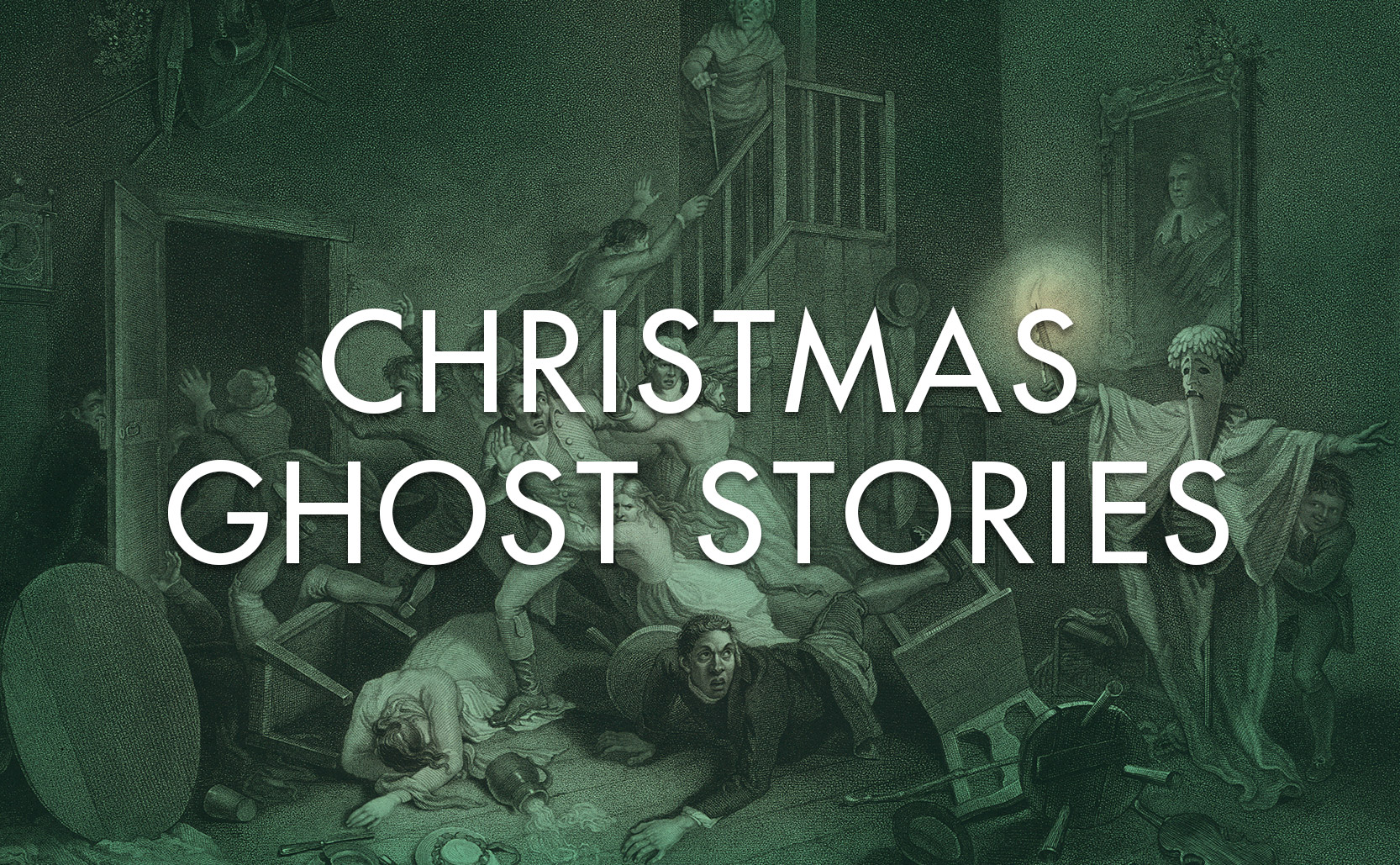Stemming from ancient pagan traditions, it used to be customary to tell ghost stories at Christmas.
In the northern hemisphere, Christmas comes at the darkest time of the year. Knowing that Jesus was not born in December, the date of December 25th was chosen for multiple reasons but not least of which was to usurp various pagan winter solstice holidays. Before people gathered together for Christmas they would gather together around fires (such as the Yule log) for various pagan winter holidays on the longest nights of the year during which they would tell stories. Similar to Halloween it was thought that in these long nights the veil between this world and the next was thin allowing spirits to pass back and forth. As such many people told ghost stories of revenants back from the dead, spirits, and other supernatural creatures.
As people adopted Christianity, winter ghost stories went from being a pagan tradition to a Christmas tradition. By the 17th century the Lord and Protector of England Oliver Cromwell tried to eliminate Christmas ghost stories because of their pagan origins. Cromwell also outlawed a host of other Christmas traditions including caroling and feasts (and that’s not even the worst of Cromwell’s legacy). These traditions eventually came back post-Cromwell but by then some were seen as old-fashioned.

A Christmas Carol
Christmas ghost stories achieved a new kind of popularity in the Victorian Era through the Industrial Revolution. As the oral tradition of Christmas ghost stories moved to print, old traditional stories as well as new Christmas stories saw a surge in popularity through magazines, novellas, and book collections. Charles Dickens’s 1843 A Christmas Carol took the tradition to a new level.
A Christmas Carol is a ghost story. It’s easier to see it as a ghost story if you remove the Christmas trappings by placing it in another time of year. Unlike the traditional Christmas ghost stories Dickens reinvented the genre by including moral lessons of forgiveness, good deeds, generosity, etc. His ghosts served as a catalyst towards redemption which was very different than the ghosts of other stories which were primarily used for a good scare. Soon the redemptive, somewhat saccharine, aspects of A Christmas Carol were adopted by other authors and the scary ghost portions of Christmas stories slowly fell by the wayside.
Today we rarely associate scary ghost stories with Christmas. Similar to how Santa Claus and Krampus are a seasonal version of good cop/bad cop, we’ve mostly relegated our scary stories to Halloween while telling our hopeful happy stories at Christmas. Still, if you were to put aside the modern concept of Christmas, this dark cold time of year is the perfect time to gather around the fire and tell scary stories in the darkness.
Added info: take a trip through time and read some collections of Victorian Christmas ghost stories.





